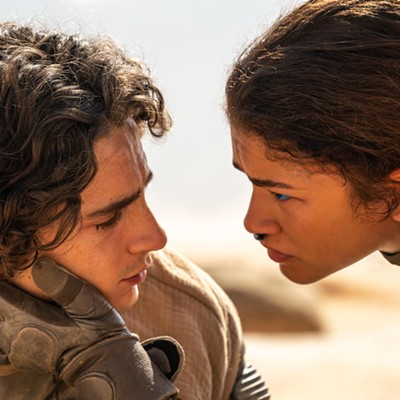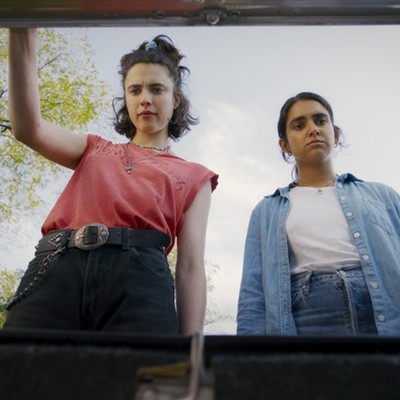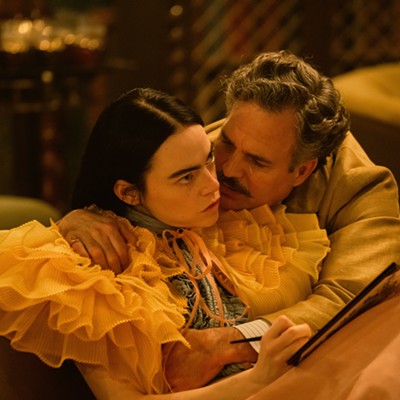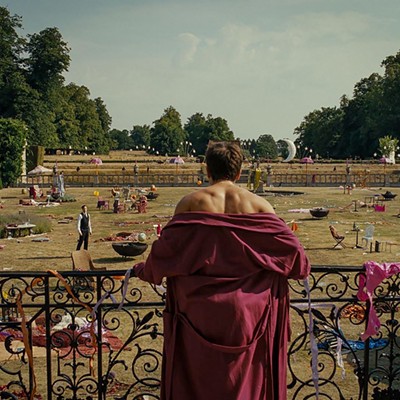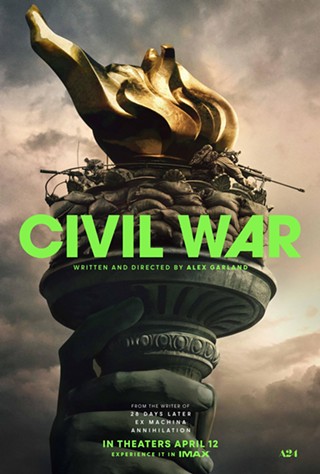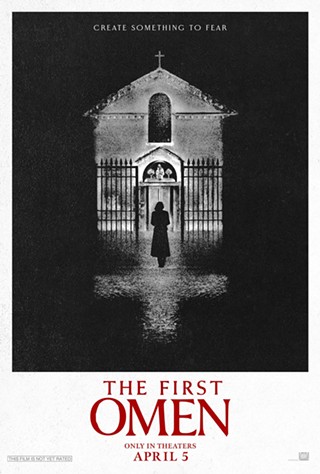Later, the imagery increased in lushness, partly in response to the growth in ownership of consumer goods; all homes had rugs and couches, television sets and stacks of toys.
The look of mid-century American poverty was important in film noir, because it worked well with the high-contrast black-and-white used in that genre. The Exiles, about underclass Native Americans living in Los Angeles' Bunker Hill neighborhood, borrows from the visual vocabulary of noir, using the smoky streets and minimalist interiors that dominated parts of America before the television fully colonized the country.
While it draws heavily from noir for its look and feel, The Exiles is, in many ways, one of the most original American films of its era. Originally receiving a very limited release in 1961, it's now being brought around the country by presenter Charles Burnett, whose masterpiece, Killer of Sheep, recently received a similar re-release. Much like Killer of Sheep, Kent MacKenzie's Exiles is a plotless exploration of life, and is dominated by some of the best-looking cinematography ever laid down on film.
The film is shot in moody black-and-white, mostly at night, in and around Los Angeles' seedy slums and hopping main streets. But it starts with a set of stock photos of Native Americans, embodying the sort of imagery seen in Westerns of the era: war paint, hand-woven blankets, teepees, headdresses and the sound of a steady beat on a skin drum. An old-school documentary voice in overly serious tones announces, "Once, the American Indian lived in the ordered freedom of his own culture. Then in the 19th century, the white man confined him in the boundaries of the tribal reservation. The old people remembered the past. They witnessed great changes. Many of their children stayed on the reservation, but others of a new generation wandered into the cities."
So it seems like the film will be a stiff, pretentious documentary. But then the imagery changes: Again, there are images of Native Americans, but now with pompadours and slick '50s lounge wear, smoking cigarettes and wandering city alleyways, as the drumming merges with chanting, and the credits come up. A gorgeous panning shot of a cable car sliding down a hill melts into a scene in a crowded marketplace. This is followed by sumptuous close-ups of meat and potatoes (literally!), stacks of fish, scales and mixers, all precisely edited and composed, looking like an artist's vision of the industrial films of the era.
At this point, the narrative, such as it is, starts. Yvonne, a Native American woman, begins to tell in voiceover her story: She's pregnant by her common-law husband, Homer. The voiceover, though, isn't there purely for effect: It seems that MacKenzie, in making this film, wasn't able to do sync sound, so the dialogue is either in
voiceover, or it's sloppily added in post-production, such that, when people speak, their mouths only vaguely mime what's heard.
It's a weird and dreamy effect, and, strangely, it enhances the feel of the film. In fact, it's one of the movie's best elements. The painter Morandi once said that nothing was more abstract than reality, and that's the idea behind MacKenzie's work. By simply following the cast for 12 aimless hours, without imposing plot or finding resolution, he creates something that is more real than most films, and yet, like the oddly looped sound, it seems strange and alien. It's like watching a moving, talking painting. Wait: That's what all movies are like. OK, it's more like watching a moving, talking, black-and-white photograph. But a really pretty one.
While eschewing story, MacKenzie does have a great feel for the vignette. As the men go out partying and womanizing, Yvonne sits in an all-night movie theater. The film cuts back and forth between uncomfortable sequences wherein the men are overly aggressive with women, drink too much, get in fights, gamble and mope; and scenes of Yvonne's face as she watches Hollywood cinema and occasionally narrates her despair over her wayward man. "I wish a lotta times he stay home a lot," she says, her face a consistent mask of resignation.
Meanwhile, the men are pushing themselves into booths at bars, stealing money, refusing to pay for drinks and shifting their burdens onto any woman young and gullible enough to cross their paths.
After some blood and bruises and lost dollars in smoky poker games, the film culminates in two of the best-looking sequences of the era: the first, a drumming, chanting party on top of a hill; the second, a take on the classic morning-after shot, but with a cruel twist.
On the whole, The Exiles is an experience in film textures that should be seen by cinema fans, because it shows how film can be riveting and attractive even when it does without many of its standard elements.

